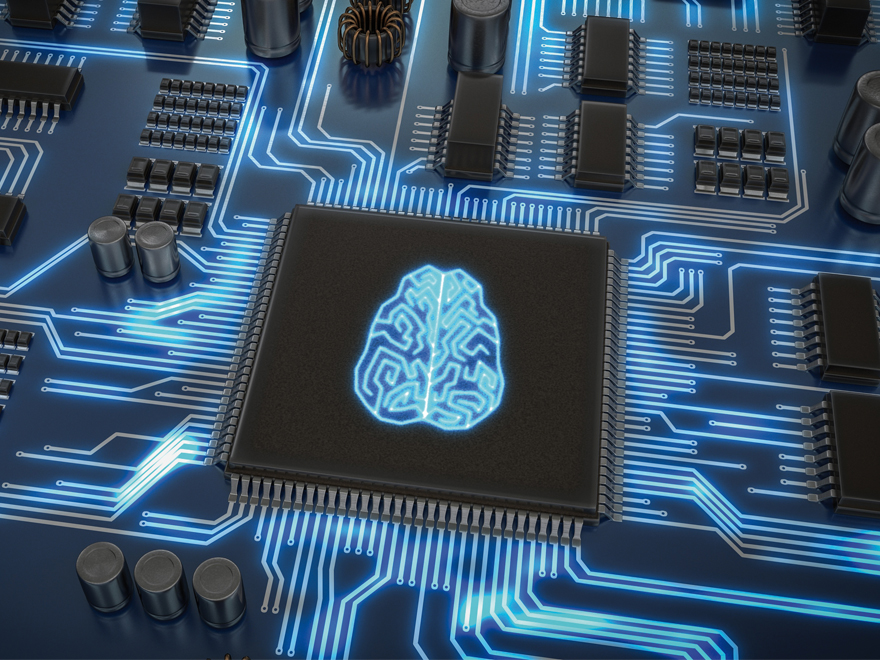
Electronic assistance systems are usually complex systems that are developed using different technologies. Several of these necessary technologies are on hand in the business fields of Fraunhofer IMS and are available for in-house development. This includes technologies from the fields of sensor systems (pressure sensor systems, imagers, IR sensor systems), but also technologies from the area of CMOS-ASICs and MST components.
Many electronic assistance systems need wireless communication interfaces, because they are for mobile use or are applied in a moving environment. For these purposes the business field “Wireless and Transponder Systems” of Fraunhofer IMS delivers the corresponding technologies for wireless exchange of information (RFID, Bluetooth, LE, LoRA, NB-IoT).
For possibly necessary wireless power supply via radio or by energy harvesting the corresponding technologies are available as well. For this, the energy is provided by the environment of the system, e.g. from light (with solar cells), temperature differences (with thermogenerators), vibration (piezo generators or dynamos) or from the stray magnetic field of a conductor passed through by alternating current (via induction) that is converted into electrical energy. Usually hardware technologies for low-power design and energy management are applied here as well to minimize the power consumption of a system to an absolute minimum.
The following other technologies are available or have been developed in the business field Electronic Assistance Systems for the realization of electronic assistance system and their integration into diverse subsystems:
- Embedded systems (embedded hardware, embedded software)
- Communication und integration (internet, bus systems, encryption, protocols)
- User interfaces (GUI, Apps for PC and smartphone/tablet)
- Data and signal analysis algorithms (embedded and PC)
In the context of data and signal analysis algorithms the machine learning processes developed by Fraunhofer IMS are especially noteworthy. Here, raw data is recorded by, e.g. sensors, and is processed into more valuable information using an artificial neural network (ANN). With the help of the AIfES technology these neural networks can be implemented on microcontroller systems with limited resources on which the learning process can be carried out.
For more information visit our sections on infrastructure, cooperation models and services & know-how.
